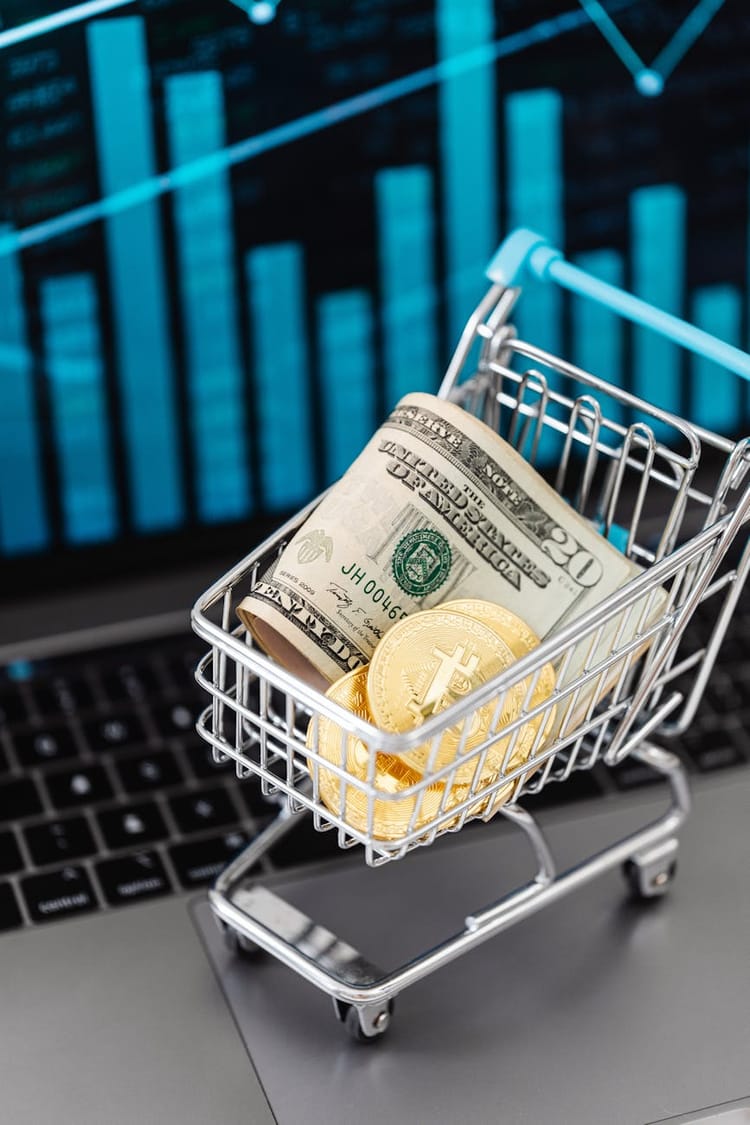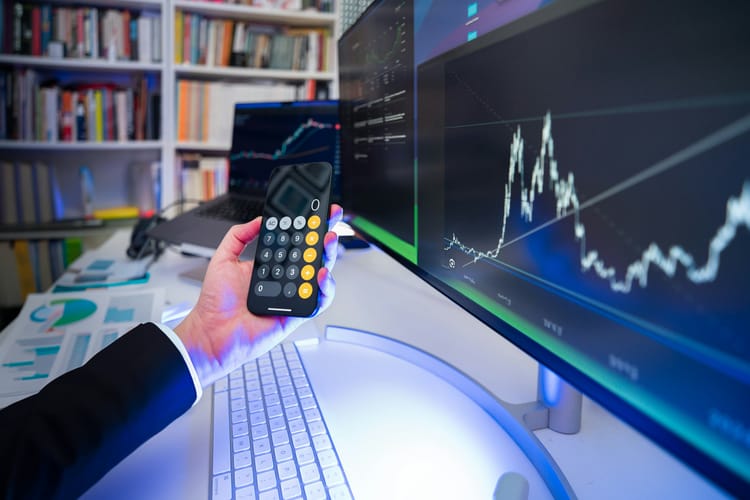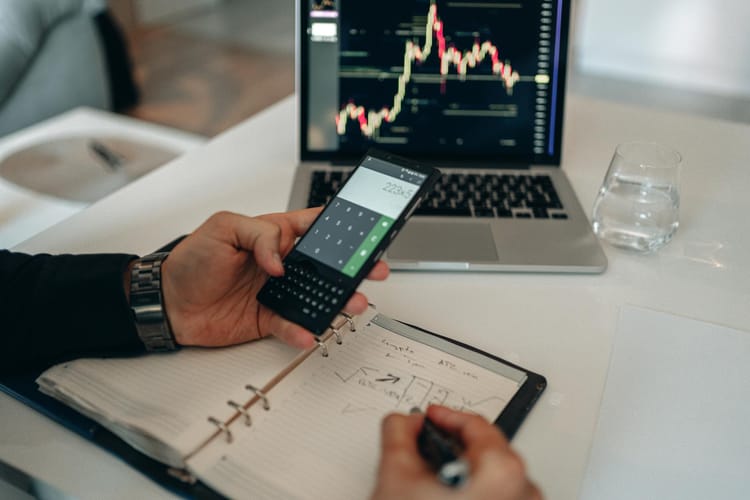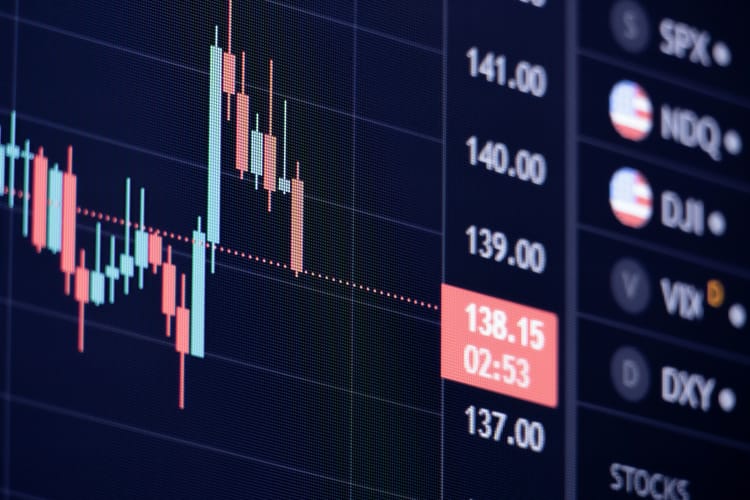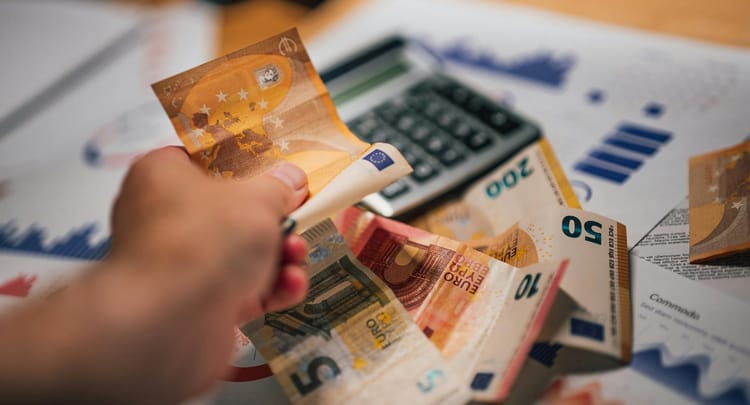AI Backtesting in Trading Management- Points you can't Miss!

Imagine what if you could predict market movements with pinpoint accuracy?
We know that the answer to the question, by every trader, will be a Big
“Yes, Please!!”
Here we tell you that AI backtesting is making great strides in turning this imagination into reality.
You see, to be successful in financial markets, traders are constantly seeking innovative tools and strategies to gain a competitive edge. One such advancement is the integration of Artificial Intelligence (AI) in backtesting, a critical component of trading management. This integration has revolutionized the way traders analyze and refine their trading strategies.
So What exactly is AI Backtesting?
Backtesting is a method used by traders to assess how well a specific trading strategy would have worked in the past. It involves taking a trading plan or set of rules and applying it to historical market data to see how it would have performed if it had been used in the past.
This analysis is valuable for traders because it provides insights into the strategy's historical performance. It allows them to see whether the strategy would have made a profit or incurred losses in past market conditions. In essence, it's like a simulation of how the strategy would have fared in different historical market situations.
AI backtesting goes a step further by incorporating the power of artificial intelligence (AI), machine learning, and data analytics into the process.
What it means is, that with the help of AI , the Software runs over historical data with pre-defined set of rules, AND also collects new market data with other backtest data to find more similarities and clarify better the probabilities.
This changes everything!
Because, instead of relying solely on human analysis and predefined rules, AI algorithms are used to analyze historical data which further incorporates the new changing market conditions into its calculations, and makes predictions based on patterns and trends in the data. This enhanced form of backtesting is more sophisticated and can provide deeper insights into how a trading strategy might perform in various scenarios.
Also Read: Trading Strategies- All you need to know & more!
To Understand the Concept, we have to go a little back into the history !
The Evolution of Backtesting in Trading:
Backtesting, in the context of trading, has a history that dates back to a time when it was predominantly carried out through manual calculations. Traders would painstakingly analyze historical market data by hand, applying their trading strategies to see how they would have performed.
Obviously, the approach was laborious and a time-consuming process.
Transition to Software-Based Simulations
As technology advanced, around the late 20th century, the trading industry initiated a shift from manual calculations to software-based simulations. Softwares like TradeStation (1991), or ThinkOrSwim (TOS), and some others, began making their appearance. This transition represented a notable leap in their efficiency and accuracy. Traders began to adopt computer programs and specialized software to automate the process. These software tools became capable of swiftly processing historical market data and implementing trading strategies with fewer errors compared to manual calculations.
Arrival of Artificial Intelligence (AI)
With the advent of AI, the process of backtesting has become even more sophisticated. AI refers to the application of advanced algorithms and machine learning techniques to analyze data and make predictions.
Take the example of Citadel, a global financial institution, which employs AI backtesting in its quantitative trading strategies. This aids Citadel in assessing market conditions, optimizing its trading algorithms, and managing risk effectively. It has contributed to their consistent profitability. It is by using these AI-backed Strategies that the company was able to post $16 Billion Gain In 2022, making it the Top earning Hedge Fund Ever!
In essence, AI has taken backtesting to a new level by leveraging its computational power, pattern recognition abilities, and adaptability. This enables traders to perform more in-depth and accurate analyses, which can lead to the development of more robust and successful trading strategies.
This brings in mind another interesting question!
How is AI Backtesting overtaking Traditional Backtesting methods?
As you might have noticed by now, AI is certainly taking over the place of traditional backtesting methods, but how exactly is it doing it?
let's find out;
AI is able to replace traditional backtesting methods, thanks to three critical factors;
- Speed: The very first of the factors is, Speed. AI backtesting is fast and efficient. It can quickly analyze and evaluate vast amounts of historical data and trading strategies. This rapid processing allows traders to receive insights and results in a much shorter time frame compared to traditional methods.
- Accuracy: Next Comes Accuracy, AI backtesting is highly accurate. It minimizes the risk of human errors that can occur in manual processes. AI systems follow precise algorithms and mathematical calculations, ensuring that the results are based on exact data and analyses.
- Adaptability: The third, and the most important one is Adaptability. AI backtesting can adapt to changing market conditions. It has the capability to continuously monitor data in real time and adjust trading strategies accordingly. This adaptability allows for quick responses to market developments and the incorporation of new information, ultimately improving the strategy's effectiveness.
We explain this through an example!
Traditional Backtesting: Consider a trader who has developed a trading strategy based on historical price data of a particular stock. This strategy relies on predefined rules, such as "Buy when the stock price crosses a certain moving average" or "Sell when a specific technical indicator shows an overbought condition."
Now, let's say this trader performed traditional backtesting using historical data from the past 3 years. The backtest results show the strategy would have generated a consistent and substantial profit over a relatively long period. However, during this period, the strategy also carried a considerable level of risk, which, in reality, did not materialize.
As a result, the backtest results might give the trader a false sense of security, leading them to believe that the strategy is highly effective and well-suited for managing risk.
However, when the trader starts applying this strategy in reality, they encounter unexpected market events, such as a major company announcement, a worldwide pandemic like COVID-19, or some sort of global crisis, that significantly impacts the stock's price. The predefined risk rules of the strategy don't account for such unforeseen events, and the strategy begins to perform poorly, resulting in losses. Traditional backtesting did not prepare the trader for these rapidly changing market conditions.
And this is where the AI Backtesting makes the difference!
AI Backtesting: Now, let's consider the same trader, but this time, the trader employs AI backtesting. Instead of relying solely on historical data and predefined rules, the trader uses advanced backtests in trading management software like AfterPullback, which uses machine learning algorithms that can limit the strategy to a safe range of risk management rules
In this scenario, the AI-driven systems, like the AfterPullBack Strategy Backtester would prevent crucial errors in the strategy and cut the losses which could wipe out years of profits in very short term.
Some AI mechanisms can also continuously monitor the stock's price, as well as a wide range of other data sources, such as news feeds, social media sentiment, and economic indicators. It adapts to changing market conditions, recognizing patterns and anomalies as they emerge.
This adaptability and responsiveness make AI backtesting a powerful tool in today's markets, where traditional approaches may fall short in managing risks and optimizing returns
Also Read: Understanding Backtesting Trading Strategy for Improved Performance
Now, here we will take a slight detour from this extensive text, here are;
5 Lesser Known Facts about AI Backtesting:
Do you know;
- While AI backtesting is commonly associated with financial trading, it's also used in other fields such as marketing, where it helps optimize advertising campaigns and strategies.
- AI backtesting can incorporate unconventional data sources, including satellite images, social media sentiment, and weather patterns, to gain a deeper understanding of market conditions.
- AI backtesting not only assesses past performance but can also provide predictive insights, forecasting potential future market trends based on historical data.
- AI backtesting can incorporate sentiment analysis of news articles and social media to gauge public sentiment and assess its impact on market dynamics.
- AI backtesting is increasingly applied to options trading strategies, where it helps evaluate complex strategies involving puts and calls.
Risks and Limitations of AI Backtesting:
While AI backtesting offers numerous advantages, it's essential to understand the potential risks and limitations associated with this technology.
Do you remember the Flash Crash of May 6, 2010?
This event is often cited as a cautionary tale about the potential risks of depending too heavily on automated trading algorithms and AI-driven systems.
What Happened: On this day, the U.S. stock market experienced an unprecedented and rapid decline in stock prices. Within a matter of minutes, major stock indices, including the Dow Jones Industrial Average, plummeted dramatically.
Cause: The primary cause of the Flash Crash was the interaction between high-frequency trading algorithms and automated trading systems. These algorithms, often driven by AI and machine learning, executed a massive number of trades in a very short period. As prices dropped due to a wave of selling, these algorithms exacerbated the decline as they executed automated sell orders, creating a cascading effect.
Consequences: Trillions of dollars in market value were wiped out within minutes, only to partially recover shortly afterwards.
Lesson Learned: The Flash Crash highlighted the dangers of overreliance on AI-driven trading algorithms. While these systems are designed to execute trades at high speeds and can be highly efficient, they can also lead to unintended consequences when market conditions rapidly change. It underscored the importance of human oversight and circuit breakers to prevent excessive market volatility.
So here are some of the Risks and Limitations of AI Backtesting;
- Overreliance on AI: While AI is helpful, relying too much on it can be risky. It's like depending too heavily on a single tool. If the AI makes a mistake or misses something, it can lead to bad investment decisions. So, it's important not to treat AI as a crystal ball that always predicts the future perfectly.
- Data Biases: AI uses historical data to make predictions. But sometimes, that data can have biases or flaws. It's as if you were trying to learn from a book with some incorrect information in it. AI might learn the wrong things from the data, and that can lead to incorrect predictions.
- Unexpected Market Events: Even the smartest AI can't predict completely unexpected things. Think of it as trying to guess the weather – sometimes, there's a sudden storm that no one saw coming. Similarly, AI might not foresee entirely unforeseen events in the financial markets.
Click Here to get out Free PDF Guide for Consistent Profits in Trading
You see, there are Limitations of AI as well, So what's the solution to these limitations?
Combining Human Expertise with AI Backtesting:
The most successful trading strategies often involve a combination of human expertise and AI. Human intuition and experience can complement the analytical power of AI and the best trading strategies often work when humans and AI work together. Here's how it works:
1. Human Expertise: People who understand the markets, called experts, have a role. They use their knowledge and gut feelings to make decisions.
2. AI Backtesting: AI, on the other hand, is like a super-smart computer. It crunches lots of data and makes predictions based on that information.
When you put these two together, it's powerful. The human expert uses their wisdom, and the AI brings the data and calculations.
Final Thoughts!
AI backtesting in trading management is a game-changer, offering a data-driven approach to analyze and refine trading strategies. It provides traders with valuable insights, better risk management tools, and the potential for increased profitability. However, it's essential to recognize the challenges and limitations that come with implementing AI backtesting. It works best when the Human expertise and AI capabilities work side by side.
Happy Trading!!
But Before you go, here are some quick,
Frequently asked Questions (FAQs) on AI Backtesting
1. What is backtesting in trading? Backtesting is the process of evaluating the performance of a trading strategy using historical market data.
2. How does AI backtesting differ from traditional backtesting? AI backtesting uses machine learning algorithms to continually consume data and learn from it to improve the results, while traditional backtesting relies on predefined rules and a specific set of historical data..
3. What are the benefits of AI backtesting? AI backtesting offers advantages such as speed, accuracy, and adaptability, making it a valuable method for traders.
4. Are there any risks associated with AI backtesting? Backtesting methods aren't executing trades, they only provide information to the traders. So the risk isn't associated with this part of trading, however, there is risk that is associated with trading in general, therefore, it should be executed with proper risk management, regardless of any backtesting hints or any other method.
5. How can traders implement AI backtesting in their strategies? Traders can implement AI backtesting by selecting the right tools, datasets, and continually monitoring and adapting AI models to changing market conditions. AfterPullBack Strategy Backtester is one such excellent example.

